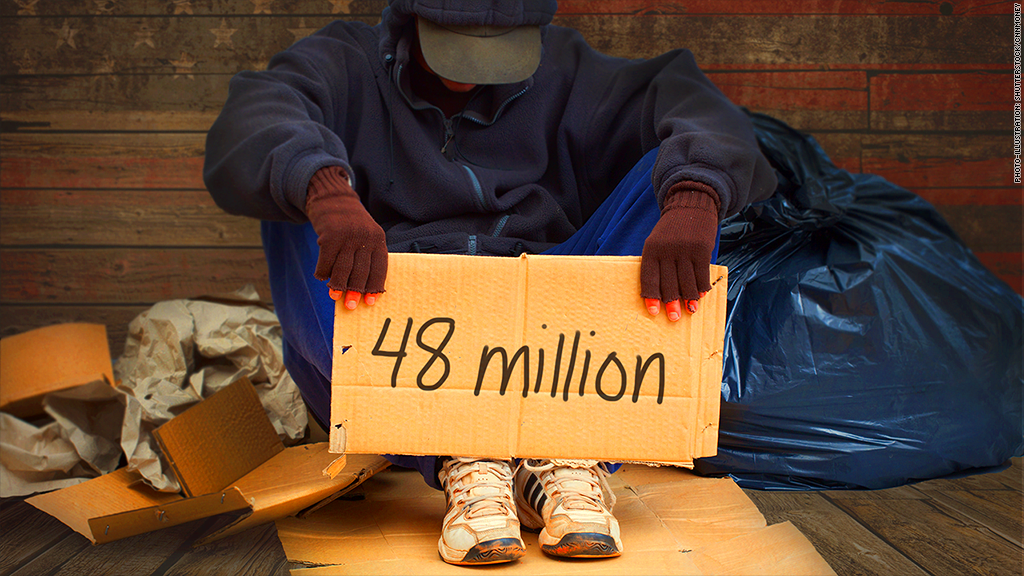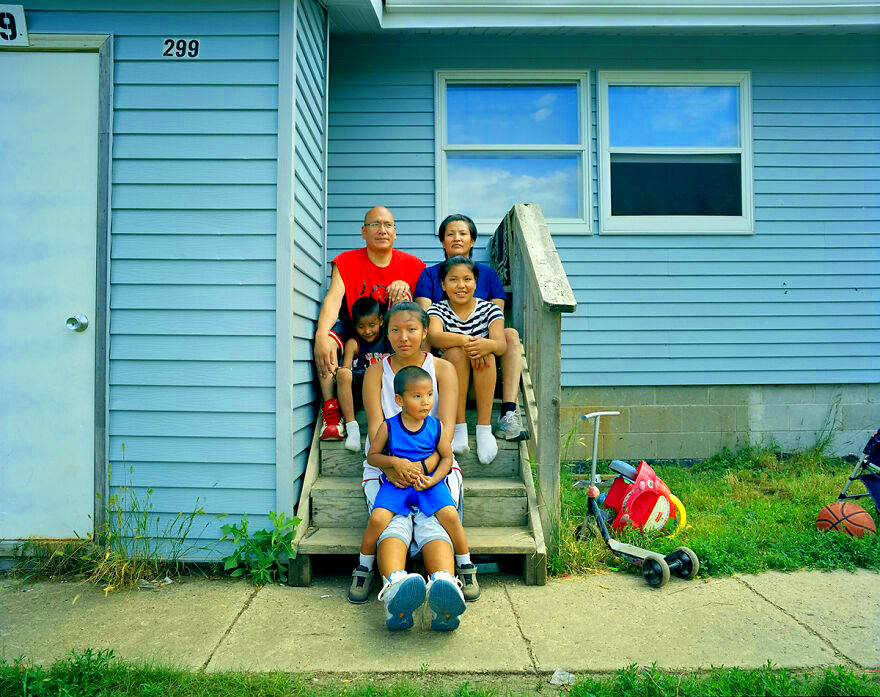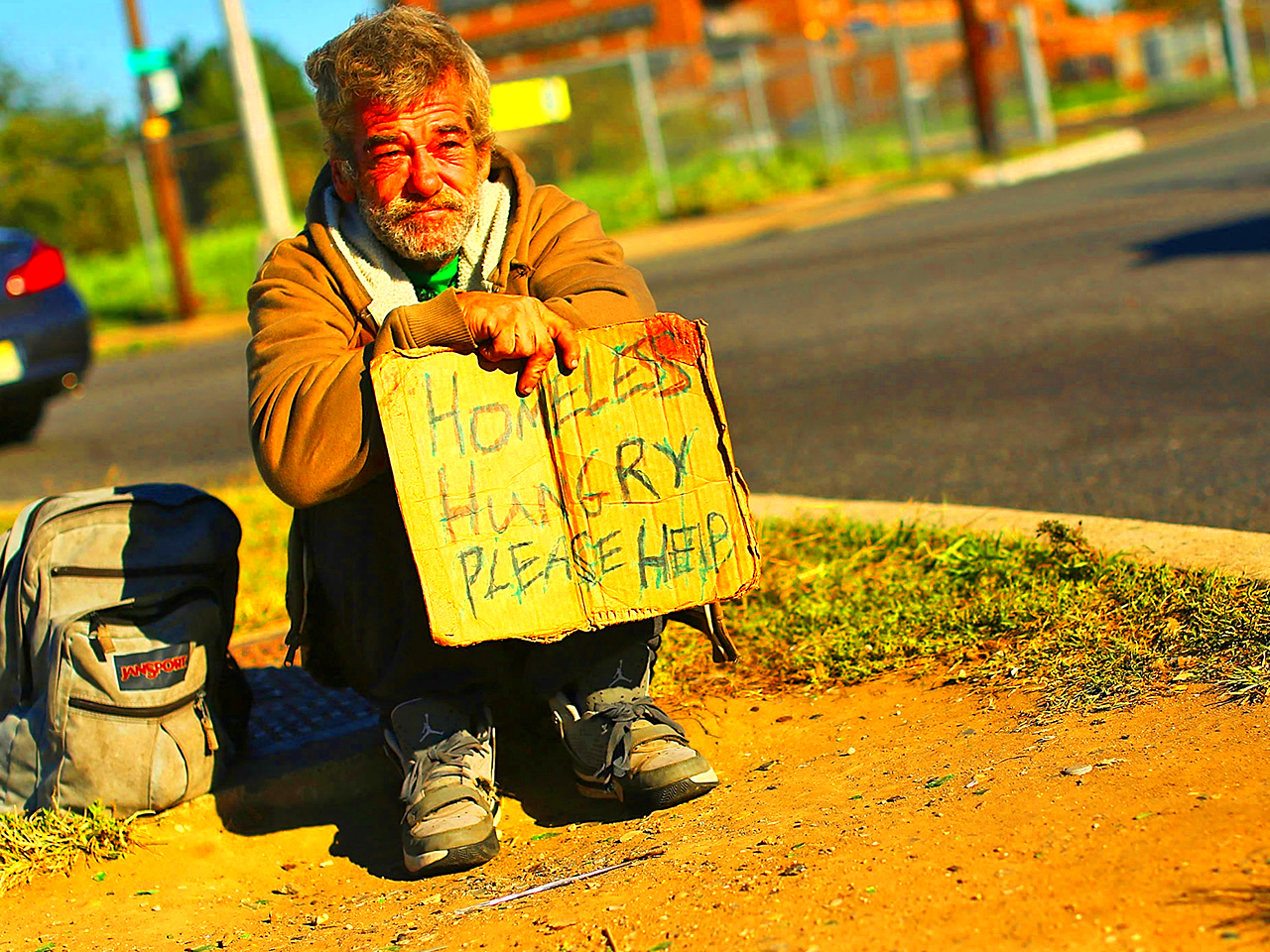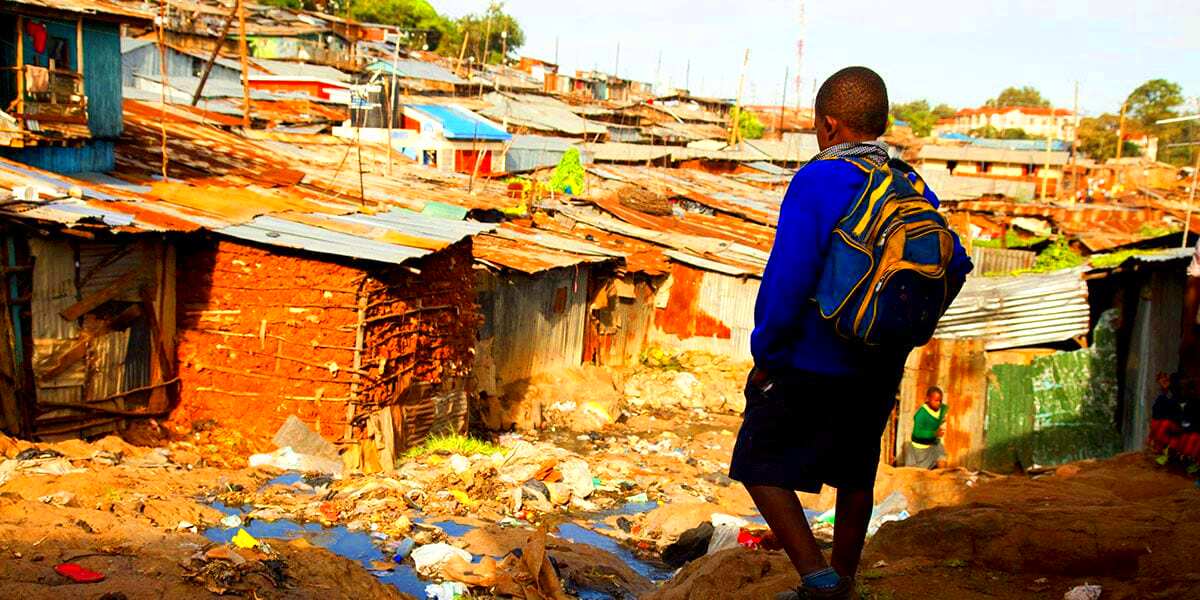Poverty is a persistent issue in the United States, affecting millions of individuals and families. It is not just about lacking money; it encompasses various aspects of life, including access to education, healthcare, and even food. Understanding poverty requires us to look beyond the statistics and recognize the human stories behind them.According to the U.S. Census Bureau, approximately 37 million people lived in poverty in 2020, representing about 11.4% of the population. This figure highlights the importance of awareness and action in addressing this ongoing crisis.
Visual Impact of Poverty

Poverty is no small issue and it demands to be given attention through its
images. When you take one photograph, you get the impression about hardships, struggles and resilience at once. The emotions provoked by poverty pictures are often so intense that they compel us only to think about what is really going on. This is how
images shape our comprehension:
- Emotionally Charged: Visuals can create an immediate emotional connection, making the statistics more relatable.
- Awareness Raising: They draw attention to societal issues that may be overlooked.
- Inspiring Action: Powerful images can motivate individuals to get involved and contribute to change.
As shown by these pictures, poverty is an urgent matter which cannot be ignored, ranging from the tired faces of kids to bare cupboards in food banks.
Real Stories Behind the Images

Every poverty image has a tale that tells of its own, frequently encompassing strife, aspirations, as well as bravery. For example, an image of a kid in an old house shares more than one about the state of human habitation.It encourages us to discover about this family’s way of life, it’s expectations and obstacles. Below are some important points for consideration:
- Families in Crisis: Many families are just one job loss away from homelessness. A photograph might show a family living in their car, but it doesn’t reveal the backstory of how they got there.
- Community Support: Many individuals in poverty rely on local organizations for help. Images of food banks and shelters highlight the importance of community resources.
- Resilience and Hope: Despite the struggles, many individuals and families fight for a better life. Capturing their determination can inspire others.
The various narratives are a reminder that poverty is not merely a number but in various instances there are many individuals who are encountered by it. It is crucial to identify these stories to develop compassion and inspire transformation.
Geographic Disparities in Poverty

Within the United States, poverty does not impact everyone in the same manner; rather, it is heavily dependent on where one finds themselves geographically situated. Differing degrees of poverty arise in urban areas, rural communities and various states due to factors like economic opportunities, access to education and availability of resources which are often limited.For instance, rural areas may be confronted by certain challenges such as insufficient healthcare facilities and reduced employment chances while city centers usually lack affordable housing. As indicated by statistics from the U.S. Census Bureau, there exists a wide range of differences in poverty rates among different states confirming this fact.Possible reasons for variations in poverty levels across regions are outlined below:
- Economic Opportunities: Areas with diverse industries tend to have lower poverty rates, while those reliant on a single industry can be more vulnerable to economic downturns.
- Education Access: Regions with better educational institutions often see lower poverty rates, as education is a key factor in securing well-paying jobs.
- Healthcare Availability: Access to affordable healthcare is crucial. Areas with fewer healthcare facilities can see increased poverty rates due to untreated health issues.
Comprehending these geographical differences is important to come up with specific measures that will respond to the varying requirements of different societies.
Effects of Poverty on Families and Children
Poverty plays a deep role in families as well as children and influences every their aspect of life. The stress from financial instability may result in health issues, emotional problems as well as lack of education opportunities. Poor children are often faced with obstacles which can impede their growth and future prospects.Poverty has various significant impacts:
- Health Issues: Children in poverty are more likely to experience chronic health conditions, including asthma and obesity, due to poor nutrition and lack of access to healthcare.
- Educational Challenges: Limited access to quality education can hinder children's academic performance, making it difficult for them to break the cycle of poverty.
- Emotional and Behavioral Issues: The stress of living in poverty can lead to anxiety, depression, and behavioral problems in children.
For developing supporting interventions targeting families as well as breaking the poverty trap, it is important to recognize these impacts.
Addressing Poverty Through Community Support
The need of the hour is to eradicate poverty and community support has always been important in this regard. It often happens that local organizations, volunteers, and neighbors join hands to render support and provide resources.The general idea is that depending on whether they are food banks, educational programs or financial assistance, community initiatives can make a profound difference for individual lives and families battling against destitution.This article entails several methods by which communities are responding positively to various situations, hence helping people.
- Food Banks: These organizations distribute food to families in need, ensuring that no one has to go hungry.
- Job Training Programs: Many communities offer job training to help individuals gain skills and secure stable employment.
- Mental Health Services: Access to counseling and support groups can help individuals cope with the emotional toll of poverty.
Individually we can make a difference by breaking the poverty cycle using community based support networks.
How Images Influence Perception and Action
Images are a powerful cultivation for understanding complex issues such as poverty. Because, when we look at an image, it may remind feelings that words alone cannot always explain very well.Visual storytelling brings to the forefront the struggles and resilience of people in poverty, making the more tangible. This is particularly vital in raising consciousness and prompting action.The following are several important means by which visuals alter how we think and behave:
- Evoking Empathy: Images that capture human emotions can create a deep sense of empathy. Seeing a child in need can inspire us to act, whether through donations or volunteering.
- Changing Narratives: Visuals can challenge stereotypes and change narratives about poverty. They can highlight stories of strength and resilience, helping to humanize those who are often marginalized.
- Driving Social Movements: Powerful images can rally people around a cause. Iconic photos from movements can become symbols of change and encourage collective action.
Ultimately,
images serve as a bridge between the reality of poverty and the awareness needed to drive change, reminding us that behind every statistic is a human story.
Frequently Asked Questions
Poverty and its representation leave many open questions. These are common questions people ask:
What are the main causes of poverty?
- Factors such as unemployment, lack of education, and systemic inequality contribute to poverty.
How can I help those in poverty?
- You can volunteer, donate to local organizations, or raise awareness through social media.
Are all poverty images accurate?
- Not all images tell the full story. It's important to consider context and representation when interpreting these visuals.
How does poverty affect mental health?
- Financial stress and instability can lead to anxiety, depression, and other mental health issues.
Our thoughtful engagement with the question of poverty and its representative
images can be improved through these questions.
Conclusion on the Reality of Poverty in the USA
Below are horror wizards related to each other, discovering how much can be done when healthGod’s-man is involved. Guilt dissipates when we understand that suffering ceases, provided someone prayed for forgiveness before their death, even if they never had enough time to repent properly.
When we think about the effects of poverty, it is important to ponder our role in the solution. We can make a difference through empathy cultivation, community project support and policy change advocacy. Here are some concluding remarks:
- Awareness is Key: The more we understand poverty, the better equipped we are to address it.
- Community Matters: Local efforts can have a significant impact in supporting those in need.
- Every Action Counts: Whether big or small, every effort to help can lead to positive change.
In final analysis, maintaining our dialogue should be the way forward as we strive towards a tomorrow devoid of impoverishment acting as an obstruction to accession and respect by all people.
 Poverty is no small issue and it demands to be given attention through its images. When you take one photograph, you get the impression about hardships, struggles and resilience at once. The emotions provoked by poverty pictures are often so intense that they compel us only to think about what is really going on. This is how images shape our comprehension:
Poverty is no small issue and it demands to be given attention through its images. When you take one photograph, you get the impression about hardships, struggles and resilience at once. The emotions provoked by poverty pictures are often so intense that they compel us only to think about what is really going on. This is how images shape our comprehension: Every poverty image has a tale that tells of its own, frequently encompassing strife, aspirations, as well as bravery. For example, an image of a kid in an old house shares more than one about the state of human habitation.It encourages us to discover about this family’s way of life, it’s expectations and obstacles. Below are some important points for consideration:
Every poverty image has a tale that tells of its own, frequently encompassing strife, aspirations, as well as bravery. For example, an image of a kid in an old house shares more than one about the state of human habitation.It encourages us to discover about this family’s way of life, it’s expectations and obstacles. Below are some important points for consideration: Within the United States, poverty does not impact everyone in the same manner; rather, it is heavily dependent on where one finds themselves geographically situated. Differing degrees of poverty arise in urban areas, rural communities and various states due to factors like economic opportunities, access to education and availability of resources which are often limited.For instance, rural areas may be confronted by certain challenges such as insufficient healthcare facilities and reduced employment chances while city centers usually lack affordable housing. As indicated by statistics from the U.S. Census Bureau, there exists a wide range of differences in poverty rates among different states confirming this fact.Possible reasons for variations in poverty levels across regions are outlined below:
Within the United States, poverty does not impact everyone in the same manner; rather, it is heavily dependent on where one finds themselves geographically situated. Differing degrees of poverty arise in urban areas, rural communities and various states due to factors like economic opportunities, access to education and availability of resources which are often limited.For instance, rural areas may be confronted by certain challenges such as insufficient healthcare facilities and reduced employment chances while city centers usually lack affordable housing. As indicated by statistics from the U.S. Census Bureau, there exists a wide range of differences in poverty rates among different states confirming this fact.Possible reasons for variations in poverty levels across regions are outlined below:
 admin
admin








